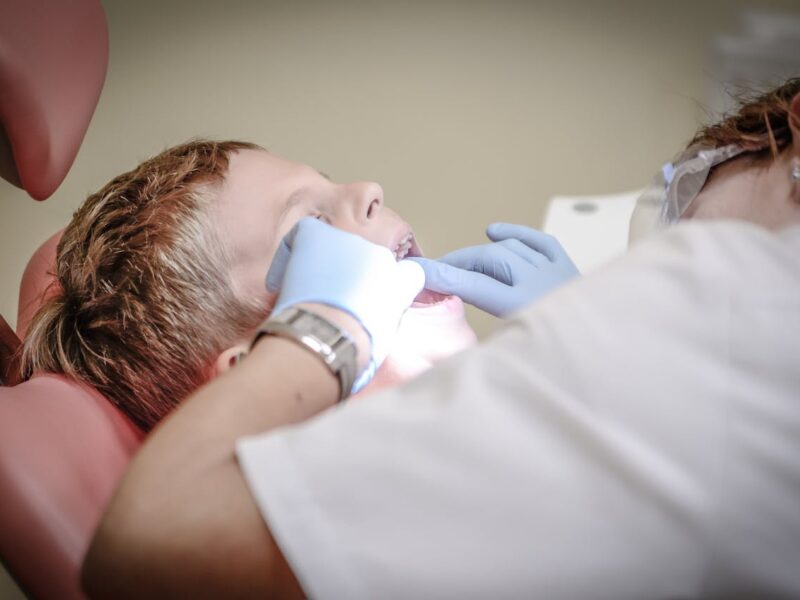This is basic lumbar spine anatomy. If you’re looking to go into the medical field and want to understand the lumbar spine, you’ve come to the right place.
The lumbar spine is what makes upright walking, running, and most other types of physical movement possible. Lumbar spine anatomy is an integral part of human anatomy; almost as important as the heart and brain.
Now, let’s jump into our guide on the lumbar spine.
Contents
What Is the Lumbar Spine?
The lumbar spine is a group of five bones, or vertebrae, that make up the lower back. They are in the lumbar region of the spine, and they help support the upper body, allowing us to twist, stretch, and bend.
These vertebrae are also responsible for protecting the spinal cord and nerves as they pass through this area.
What Does the Lumbar Spine Do?
The lumbar spine has several functions.
Supports Your Upper Body, Distributes Body Weight
The lumbar spine supports the upper body and distributes body weight while allowing us to bend, lift, and twist. The vertebrae, also known as backbones, extend from the neck down to the tailbone and are connected by joints known as discs.
In addition to the vertebrae, the lumbar spine has supporting ligaments, muscles, and tendons that help to support the body and give movement and strength.
Moves Your Body
The lumbar spine is composed of five vertebrae, labeled L1-L5. These connect the thoracic spine to the sacrum and pelvis. Each vertebra has a central, circular-shaped opening that allows the spinal canal to pass through it.
The lumbar spine plays an essential role in the body’s range of motion and assists in bending the body forward, backward, and side to side. Proper lumbar spine movement requires full spinal alignment and vertebral segment rigidity and involves the muscles, ligaments, and facial joints.
Controls Leg Movement
The L1 – L5 vertebrae also support the majority of a person’s body weight, allowing control of leg movement. The discs between vertebrae are responsible for joint mobility. They allow for forward and backward flexion as well as lateral bending.
What Diseases and Disorders Affect Your Lumbar Spine?
Common lumbar spine disorders include degenerative disc disease, disc herniation, sciatica, spinal stenosis, and spondylolysis. These diseases and disorders can cause symptoms ranging from mild pain to complete immobility. So it is important for both patients and students to understand the anatomy, function, and susceptibility to injury of the lumbar spine.
However, if you or someone you know has a dense bone and needs to undergo orthopedic surgery like posterior lumbar interbody fusion, keep reading to learn more.
Learn More About the Lumbar Spine Anatomy
The lumbar spine anatomy is complex but crucial for all to understand. Patients should be aware of the nerves, muscle, ligaments and bones that affect the region. Students should be prepared to tackle the complexities by taking comprehensive anatomy courses.
So take the step today and learn more about the anatomy of the lumbar spine!
Did you find this article helpful? Check out the rest of our blogs!



